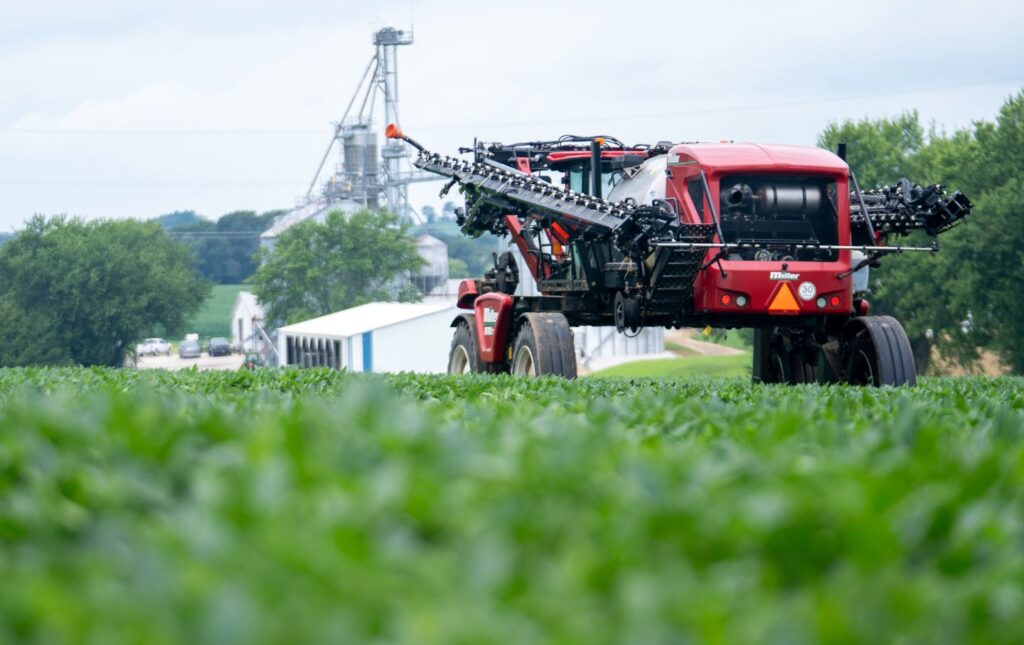August 12, 2025
How Trump’s Tariffs Shocked Wisconsin Farmers
By Nic Wong
The administration’s tariff policies have thrust soybean farmers into economic chaos as they navigate higher input costs and shifts in global trade.

Farming today looks a lot different from the pitchforks and red barns that many Americans might imagine.
On Doug Rebout’s 4,000-acre farm of soybean and corn in Janesville, Wisconsin, a $650,000 tractor—guided by GPS—plants 3,500 acres in just over a week. “When it’s time, it’s go time,” Doug told The Nation. From 5 am to 10 pm, seven days a week, he and his family are ready to endure the uncertainty of farming whether it concerns time, weather, or tariffs.
Since 2018, Rebout, a second-generation family farmer and president of the Wisconsin Soybean Association, has dealt with declines in soybean prices due to President Donald Trump’s tariff policy. And he isn’t alone. Across the state in Barron County, Tanner Johnson, a first-generation grower of soybean and member of the American Soybean Association’s executive committee, has watched soybean prices drop 50 percent, forcing him to turn to smaller markets.
In April, US soybean exports to China were subject to a total tariff of 135 percent after Trump imposed a 10 percent tariff of certain agricultural products in March on top of a 125 percent levy. In May, both countries reached an agreement and Trump cut overall tariffs from 145 percent on Chinese imports to 30 percent. China brought down their 125 percent tariff to 10 percent, underscoring the market’s volatility and how farmers are uncertain of what policy could be imposed next.


